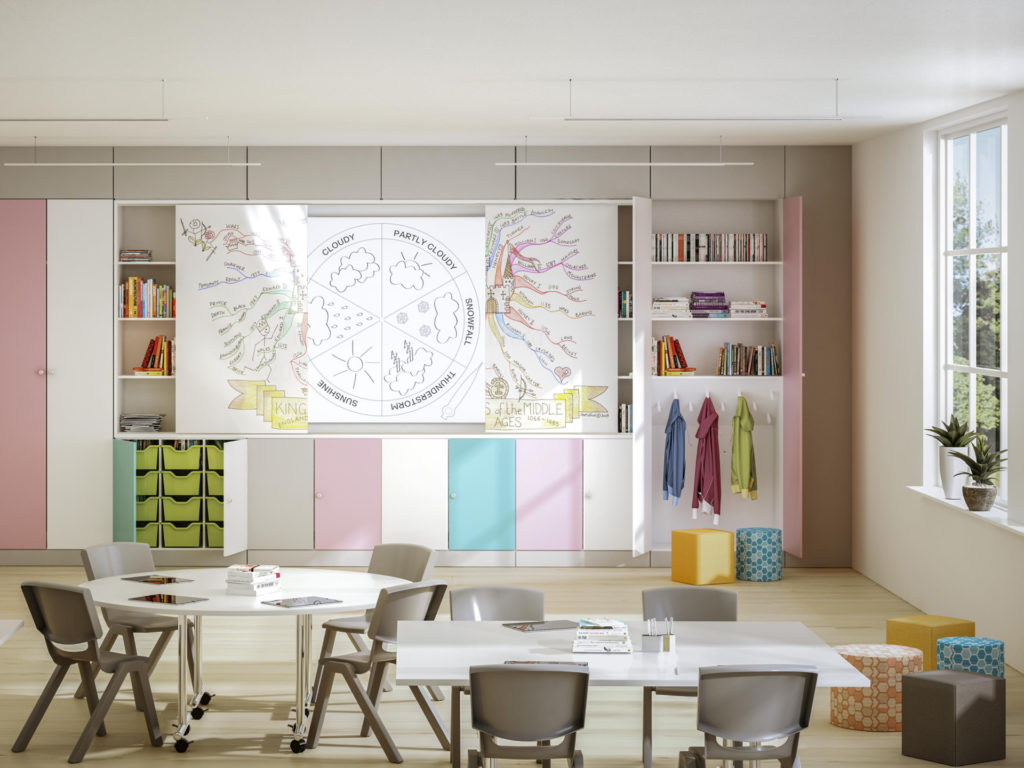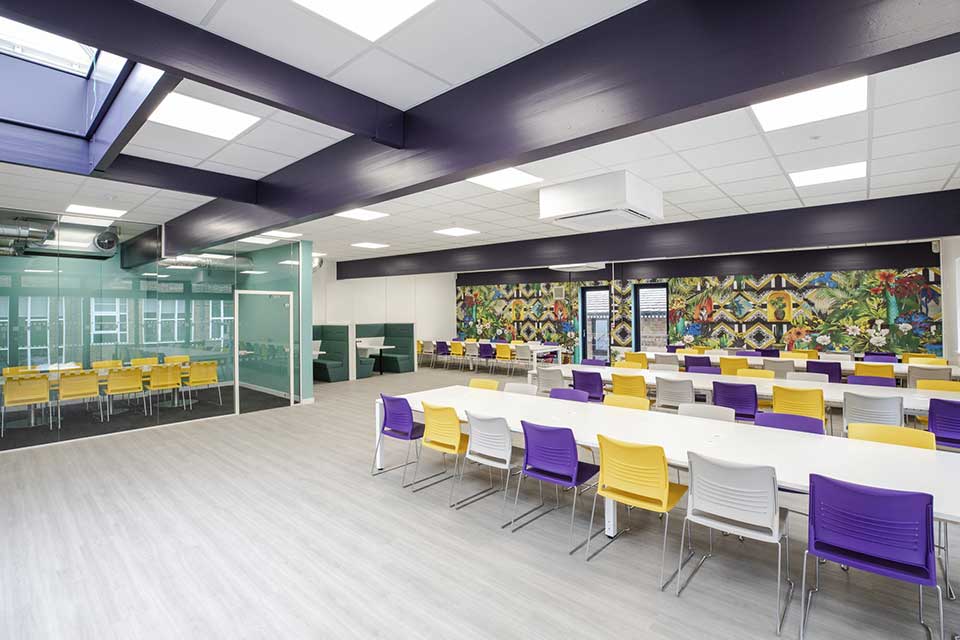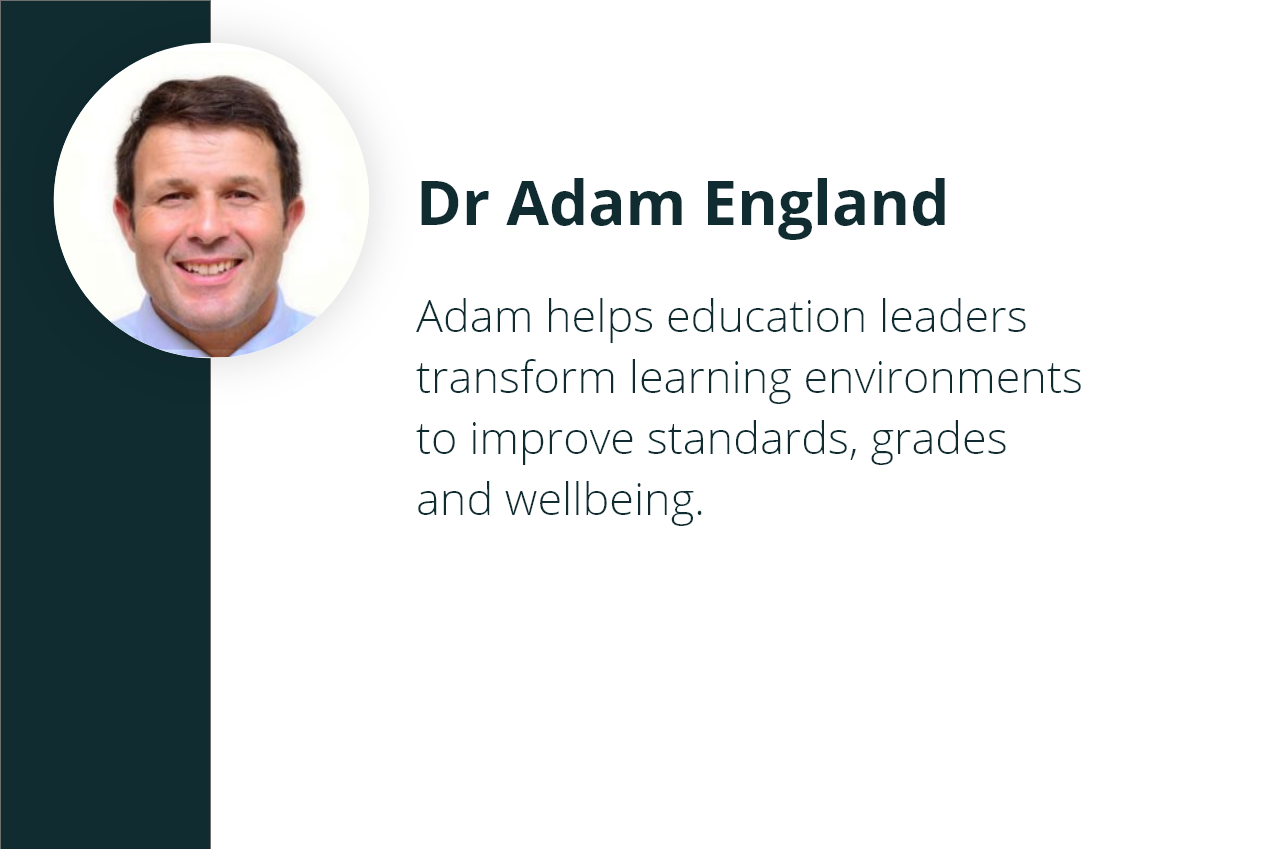What Prevents Us From Aligning Learning Spaces With Curricula And Pedagogy To Improve Cognition And Wellbeing

Our discussion topic today can be broken down into two parts: what is stopping senior leaders from ensuring their schools are aligned with curricular and teaching needs; and by improving that, how you can improve your students’ mental health, wellbeing and intelligence.
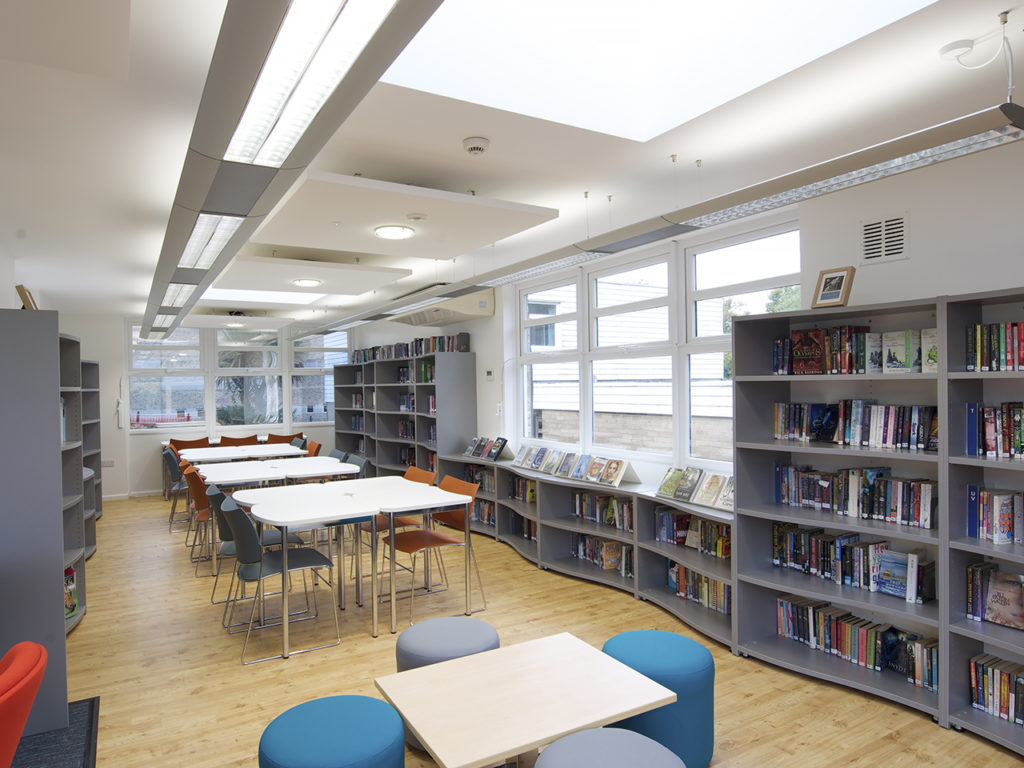
Why Do Schools Not Maximise Their Learning Spaces To Enhance Teaching?
Firstly, we need to look at why schools do not maximise their learning spaces to enhance teaching at all levels. It can be said that little is known about how schools can attain this perfect balance; there are a multitude of school designs from traditional stone architecture, to modern, bright spacious areas that may house many other activities such as school lettings, after school clubs and so on. Having a variety of educational establishments means that what works for one school may not work as well in another; therefore a range of answers are necessary to ensure each achieves its aims in terms of curricula and pedagogy.

Pedagogical Framework for Success
If this concept is new to your school, a framework such as the 4Ps from Mahat (2020) proposes aligning learning spaces with pedagogy to make sure your educational setting supports your stated outcomes in learning. These are Purpose, Process, Place and Product and in essence, suggest that schools should use spatial arrangements (Place) in ways that your students and teachers can utilise in their learning and teaching (Process), building towards your school’s attainment aims (Purpose) to maximise student achievement and wellbeing (Product).
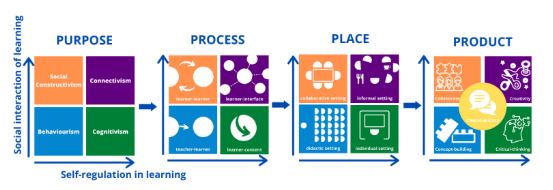
What Areas Should Schools Focus On For The Best Results?
By being clear about your pedagogical aims, your school can begin to look at what is available in terms of appropriate spacing; specialised design consultants such as Noble and Eaton’s experienced team can advise on seating, acoustics/noise reduction solutions, lighting, temperature and much more that is pertinent to your school and its design structure. These changes will bring about results very quickly as students who are more engaged and who feel like they are receiving a quality education work harder, do better and feel healthier and happier.

The Benefits Of Aligning Learning Spaces With Curricula And Pedagogy
In summary, by creating a framework that positions studying and different teaching methods, you will offer your students a range of teaching areas that allow them to build on their strengths and weaknesses. This in turn increases engagement, raises interest in the curriculum and means students’ understanding is heightened, leading to better mental health and wellbeing for your teachers and pupils.
By aligning learning spaces with curricula and pedagogy, schools can be sure students’ cognition and wellbeing will be supported and improved. Using our strategic design specialists to assess your students’ needs will ensure pedagogical shifts and your school leaders will see the value of both small and large-scale changes in the classroom and beyond.
